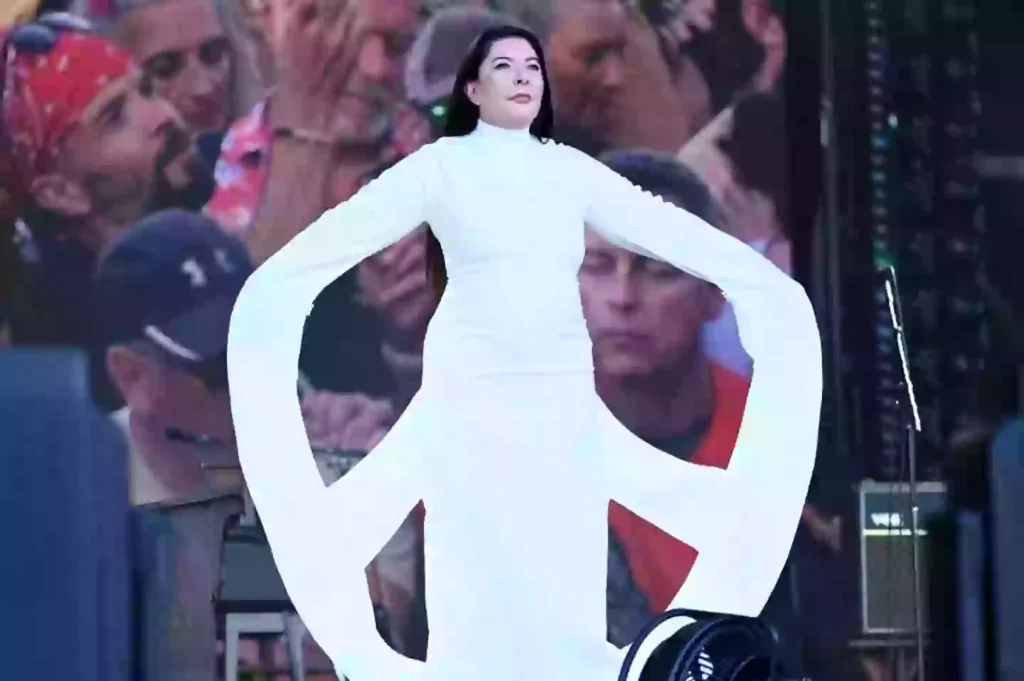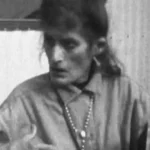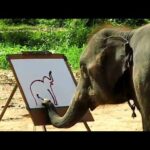The Unflinching Legacy of Marina Abramović: A Deep Dive into Performance Art’s Most Provocative Figure
Marina Abramović, a name synonymous with pushing the boundaries of performance art, has captivated and challenged audiences for decades. Her work, often intensely physical and emotionally charged, has earned her the title “grandmother of performance art,” but also sparked significant controversy. This exploration delves into her life, her most extreme works, and the motivations driving her singular artistic vision.
A Life Dedicated to the Edge: Marina Abramović’s Journey
Born in Belgrade, Serbia in 1946, Abramović’s artistic journey began at the Academy of Fine Arts. Her subsequent teaching position laid the groundwork for a career that would redefine the landscape of performance art. From her early explorations in the 1970s, including the seminal Rhythm 10 in Edinburgh, she has produced approximately fifty deeply impactful performance pieces. Beyond her individual work, she’s collaborated with a diverse range of prominent figures, including Lady Gaga, Jay Z, and James Franco, showcasing the far-reaching influence of her art.
The Defining Moments: Extreme Performances and Their Impact

Abramović’s work consistently tests the limits of physical and emotional endurance, both for herself and her audiences. Rhythm 0 (1974), perhaps her most infamous piece, involved her standing passively for six hours while audience members were free to interact with her using objects laid out on a table. The results were alarming, revealing the darkest aspects of human nature, from near-fatal threats to outright violence among participants. This event serves as a chilling illustration of the artist’s ability to expose the raw, unfiltered responses of individuals in carefully curated scenarios.
Her performance Role Exchange (a collaboration in Amsterdam) saw her swap roles with a prostitute, documenting the experience in a way that deeply affected her, leading her to label it a “disaster.” The sheer audacity of Seedbed (2005), a recreation of Vito Acconci’s piece, where she engaged in self-pleasuring to orgasm while fantasies played through a speaker, further exemplifies her willingness to push societal boundaries and confront deeply personal experiences publicly. Even her near-fatal Rhythm 5 (1974), where she risked her life by working within the confines of a burning five-pointed star, underscored this relentless commitment.
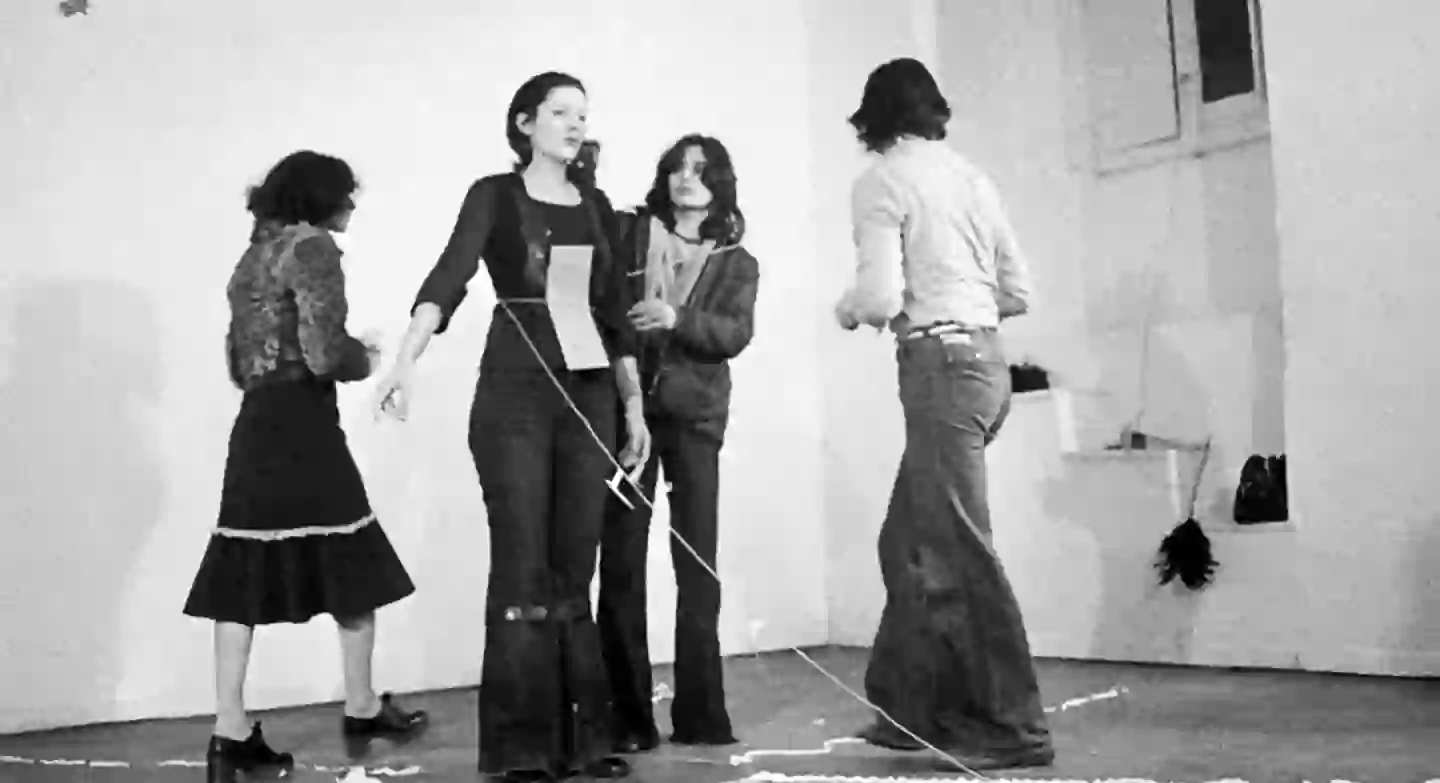
The Raw Power of Fear: Understanding Abramović’s Motivations
The consistent thread weaving through Abramović’s provocative works isn’t simply sensationalism; it’s a deliberate attempt to force both the artist and the audience to confront their deepest fears. In interviews, she has explicitly stated her goal of prompting strong reactions and challenging viewers to step outside their comfort zones. The anecdote of the journalist she challenged to remove his clothing, highlighting his own fear, perfectly encapsulates this approach. For Abramović, the performance space is a crucible where vulnerability and self-discovery are forged, not in a safe or comfortable environment, but in one that demands intense self-confrontation. She views the process as a transcendence of her own vulnerability, creating a “super-self” capable of confronting any fear.
Beyond Comfort: The Artist’s Unwavering Pursuit
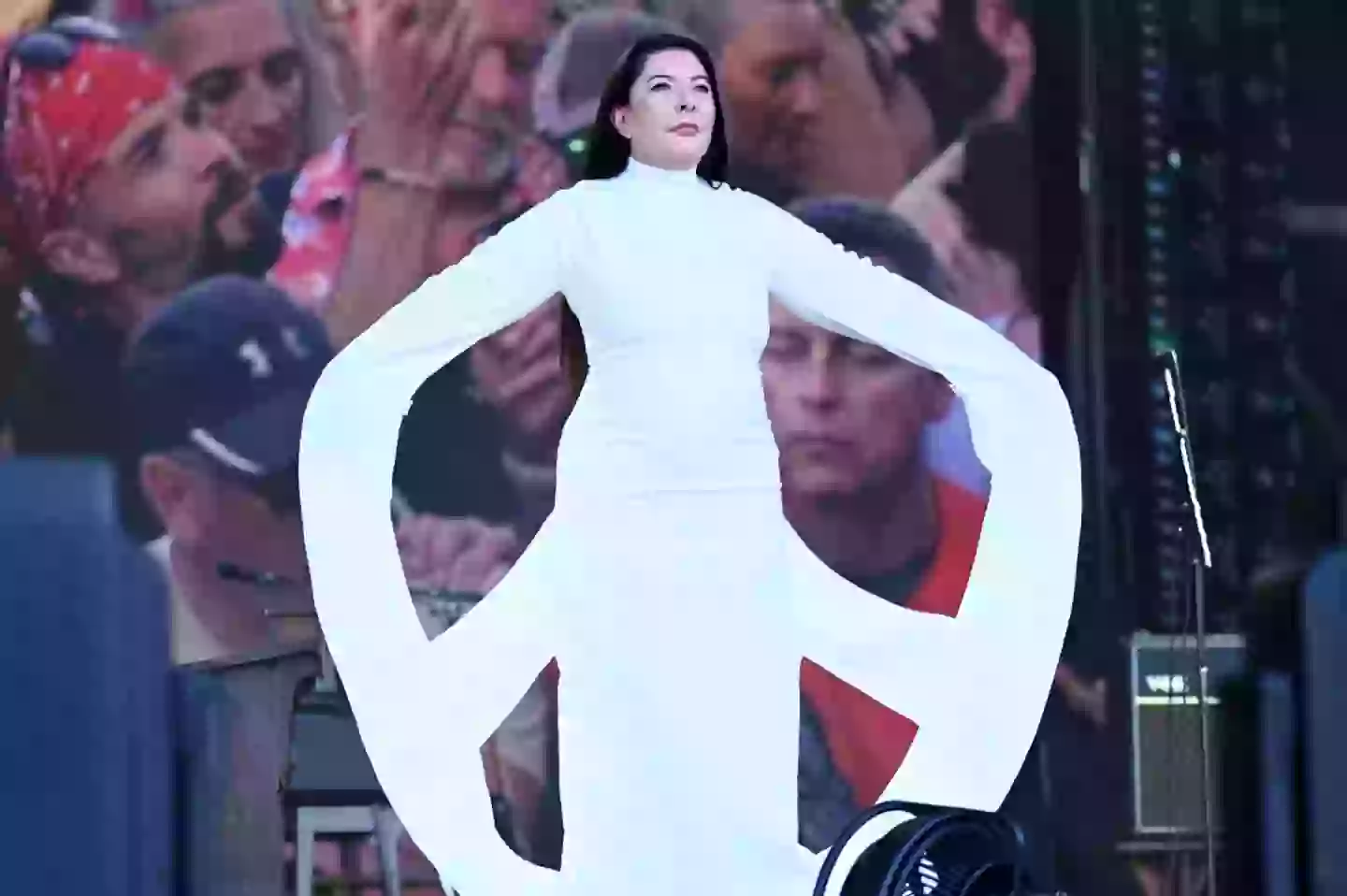
Abramović’s creative process is not one of ease. She actively avoids the “nice” or “friendly,” opting for ideas that both disturb and challenge her. In her own words, she seeks situations she has never experienced, and this constant self-challenge drives her art’s power. This dedication to high standards and the pursuit of the uncomfortable, stemming from life itself rather than purely studio-bound ideas, remains a pivotal element in her ongoing exploration of performance art. Even at 78, her upcoming exhibition, Balkan Erotic Epic, promises to continue this unflinching legacy, keeping Abramović firmly at the forefront of artistic debate.
